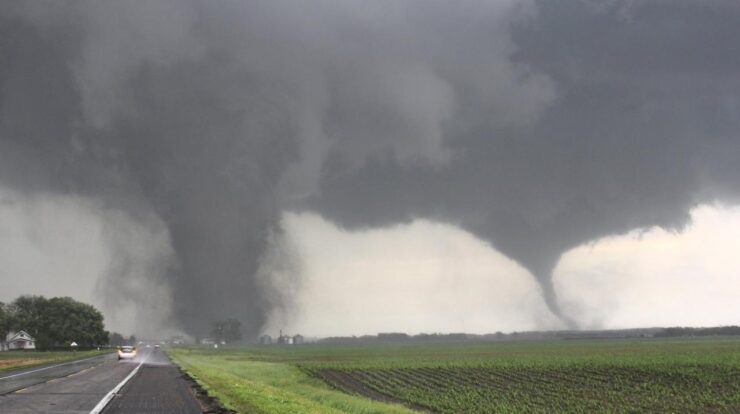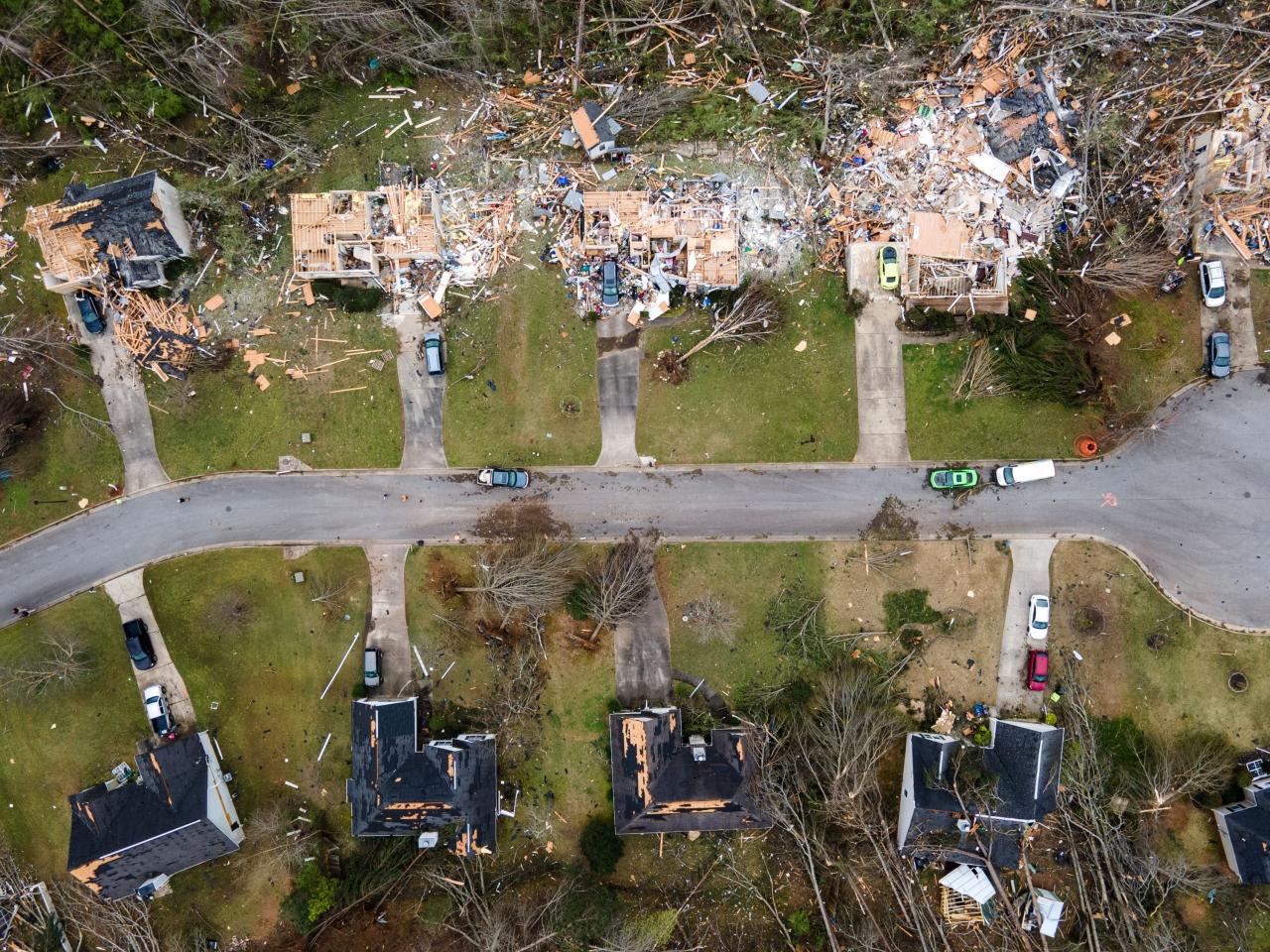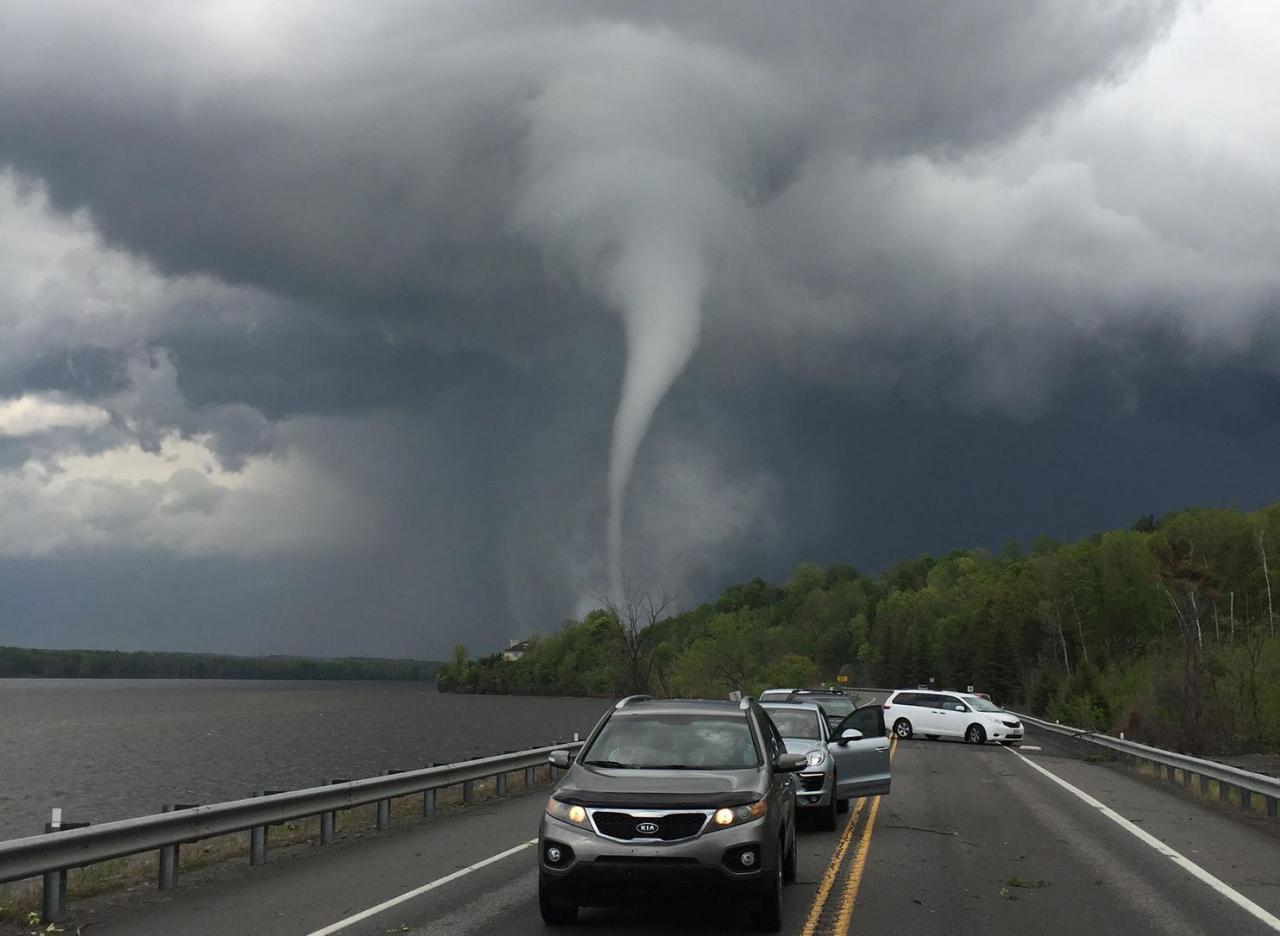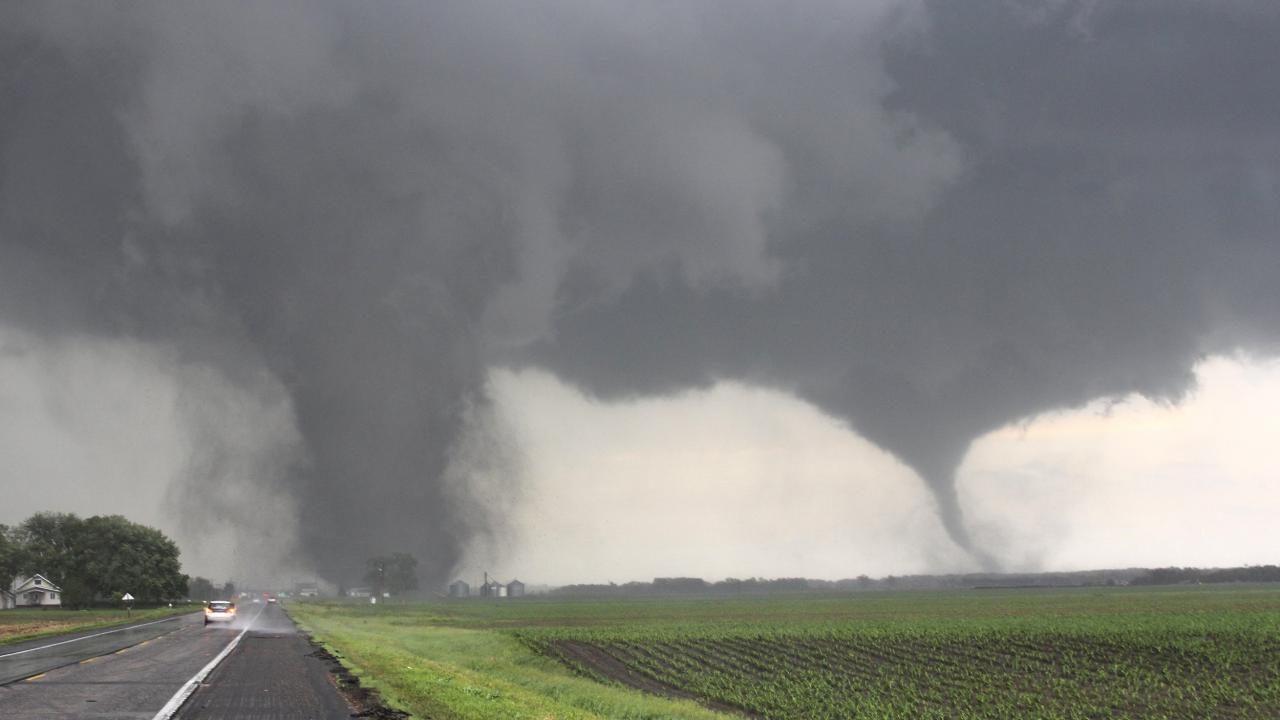
Tornadoes Today: Understanding the science behind these powerful storms, their devastating impacts, and the crucial safety measures to take when faced with their wrath.
From the formation and development of tornadoes to the latest forecasting and detection methods, this article delves into the intricacies of these meteorological giants, providing a comprehensive overview of their behavior and the risks they pose.
Tornado Formation and Development: Tornadoes Today

Tornadoes form when specific meteorological conditions converge, creating a favorable environment for their development. These conditions include:*
-*Instability
The atmosphere must be unstable, with warm, moist air rising and cooler, drier air descending. This creates a release of energy that fuels the tornado.
-
-*Wind shear
The wind speed and direction must change with height, creating a spinning motion in the atmosphere. This spinning motion is known as a mesocyclone.
-*Lifting mechanism
A lifting mechanism, such as a thunderstorm updraft or a front, is needed to raise the rotating air column from the ground and into the atmosphere.
The development of a tornado progresses through several stages:*
-*Mesocyclone formation
A mesocyclone forms as the wind shear in the atmosphere causes the air to rotate.
-
-*Funnel cloud
As the mesocyclone strengthens, a funnel cloud may appear, extending from the base of the storm cloud towards the ground.
-*Tornado
If the funnel cloud reaches the ground, it becomes a tornado. Tornadoes can range in size from weak and narrow to large and destructive.
Tornado Forecasting and Detection
Forecasting tornadoes is challenging due to their unpredictable nature. However, meteorologists use a combination of methods to improve their accuracy:*
-*Weather radar
Radar can detect the rotation within a thunderstorm, indicating the presence of a mesocyclone.
-*Numerical weather prediction (NWP) models
NWP models simulate the atmosphere and can predict areas where tornadoes are likely to occur.
When a tornado threat is identified, the National Weather Service (NWS) issues tornado watches and warnings:*
-*Tornado watch
A tornado watch means that conditions are favorable for tornadoes to develop in a particular area.
-*Tornado warning
A tornado warning means that a tornado has been spotted or indicated by radar and is imminent or already occurring.
Tornado Impacts and Safety
Tornadoes can have devastating impacts on communities and the environment:*
-*Structural damage
Tornadoes can cause severe damage to buildings, infrastructure, and vehicles.
-
-*Natural resource damage
Tornadoes can destroy trees, crops, and other vegetation.
-*Loss of life
Tornadoes can be deadly, especially if people are caught in their path.
To stay safe during a tornado, it is important to:*
-*Seek shelter
Find a sturdy building with a basement or an interior room on the lowest floor.
-
-*Stay away from windows
Windows can shatter and cause serious injuries.
-*Avoid downed power lines
Downed power lines can be electrified and deadly.
-*Listen to weather reports
Stay informed about tornado warnings and take appropriate action.
Tornado Climatology and Trends

Tornadoes occur most frequently in the central and southern United States, known as Tornado Alley. However, they can also occur in other parts of the world.Over time, tornado frequency and intensity have shown some trends:*
-*Increased frequency
The number of tornadoes reported has increased in recent decades.
-*Stronger tornadoes
The proportion of strong and violent tornadoes (EF3 or higher) has also increased.
Climate change is expected to influence tornado activity in the future, with some models predicting an increase in tornado frequency and intensity.
Tornado Research and Mitigation

Research is ongoing to improve tornado forecasting and detection. This includes:*
-*Studying tornado dynamics
Researchers are studying the physical processes that drive tornado formation and development.
-*Developing new forecasting tools
New radar and satellite technologies are being developed to improve tornado detection and warning times.
Mitigation measures are also crucial for reducing the impacts of tornadoes:*
-*Tornado shelters
Tornado shelters provide safe havens for people during a tornado.
-
-*Building codes
Building codes can be strengthened to make structures more resistant to tornado damage.
-*Public education
Educating the public about tornado safety can help reduce injuries and fatalities.
Last Point
In conclusion, tornadoes remain a force of nature that demands respect and understanding. By staying informed about their formation, forecasting, and safety protocols, we can mitigate their impacts and protect ourselves and our communities.
Answers to Common Questions
What are the signs of a tornado?
A funnel cloud, debris rotating in the air, and a loud, roaring sound are common signs of a tornado.
What should I do if I see a tornado?
Seek shelter immediately in a sturdy building or underground. Stay away from windows and doors, and cover your head and body with blankets or pillows.
How can I stay informed about tornadoes?
Monitor weather forecasts and warnings, and have a plan in place for what to do if a tornado warning is issued for your area.





